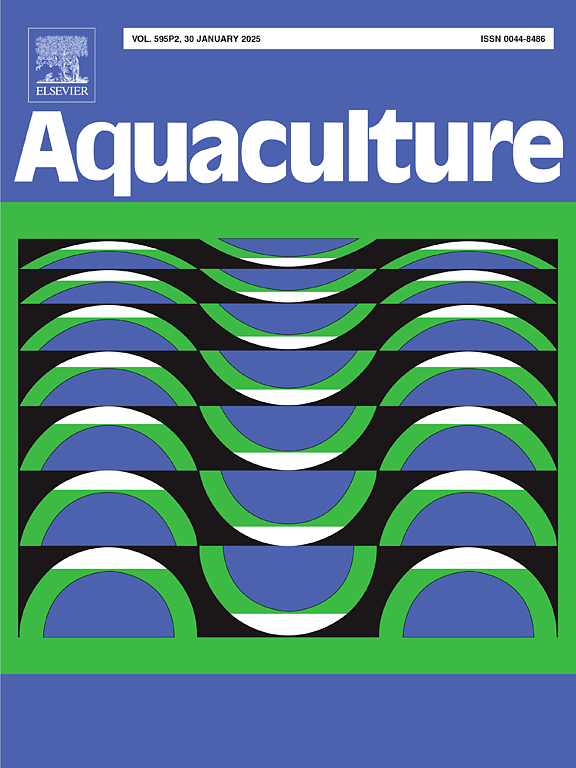Identification and functional characterization of grass carp TRPV1 in facilitating GCRV infection
IF 3.9
1区 农林科学
Q1 FISHERIES
引用次数: 0
Abstract
The transient receptor potential vanilloid (TRPV) channels constitute a distinct category of sensory signal mediators, responsible for transmitting signals from both internal and external environmental stimulus. The outbreaks of aquatic viral diseases, such as grass carp haemorrhagic disease (GCHD) caused by grass carp reovirus (GCRV) infection, are typically seasonal and temperature-dependent, while the molecular mechanism underlying this temperature dependence remains largely unknown. In this study, we investigated and characterized the roles of CiTRPVs from grass carp (Ctenopharyngodon idellus) in response to GCRV infection. CiTRPVs were ubiquitously expressed across all examined tissues and exhibit significant upregulation in expression levels following stimulation with GCRV or pathogen-associated molecular patterns (PAMPs). Temperature-gradient infection and temperature-stress infection experiments discovered that GCRV induces the expression of CiTRPV1 in a temperature-dependent manner, with the permissive temperature 28 °C promoting both the expression of CiTRPV1 and the proliferation of GCRV. Further immunofluorescence analysis revealed that CiTRPV1 exhibits a widespread cellular distribution, while viral infection enhances its oligomerization and co-localization with mitochondria (Mit) and endoplasmic reticulum (ER). Additionally, the overexpression of CiTRPV1, knockdown using small interfering RNA (siRNA), and pharmacological inhibition/activation approaches demonstrated that CiTRPV1 facilitated GCRV replication. Lastly, CiTRPV1 promoted GCRV infection by inducing heat shock proteins (HSP70 and HSP90), inflammatory factors (interleukin 6, IL6), and membrane receptors (integrin). This study elucidated the immune evasion mechanism whereby aquatic viruses exploit sensory TRP channels to enhance viral infection, offering potential targeted prevention and treatment strategies for GCHD through the use of CiTRPV1 inhibitors, while highlighting the crucial role of environmental factors in the development of aquatic viral diseases.

求助全文
约1分钟内获得全文
求助全文
来源期刊

Aquaculture
农林科学-海洋与淡水生物学
CiteScore
8.60
自引率
17.80%
发文量
1246
审稿时长
56 days
期刊介绍:
Aquaculture is an international journal for the exploration, improvement and management of all freshwater and marine food resources. It publishes novel and innovative research of world-wide interest on farming of aquatic organisms, which includes finfish, mollusks, crustaceans and aquatic plants for human consumption. Research on ornamentals is not a focus of the Journal. Aquaculture only publishes papers with a clear relevance to improving aquaculture practices or a potential application.
 求助内容:
求助内容: 应助结果提醒方式:
应助结果提醒方式:


